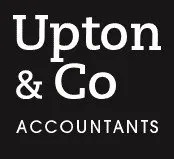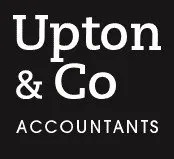HMRC relaxes MTD rules for joint property owners
New HMRC guidance confirms two MTD easements for joint property owners, but a third previously available to self-assessment users is missing. What do you need to know?

HMRC has recently published a digital record-keeping notice in relation to Making Tax Digital for Income Tax Self-Assessment (MTD ITSA). The notice includes, amongst other things, confirmation of two easements for joint property owners. Joint property owners using MTD ITSA can save time by:
- Reporting gross rental income from jointly held properties in their quarterly updates, and report expenses later as part of the year end finalisation process; and
- Creating a single digital record for each category of income from jointly held properties and a single digital record for each category of expense from jointly held properties.
However, the Institute of Chartered Accountants in England and Wales (ICAEW) is concerned that there is no mention of how joint owners should report income if they only receive the net profit share figure. Under self-assessment, it is currently sufficient to report this as a single figure, but it appears this is not being replicated under MTD ITSA (subject to further announcements). It is also unclear whether that relaxation will continue to apply to self-assessment and the ICAEW has approached HMRC for confirmation.
Related Topics
-
The government has published the results of a survey of over 2,000 employers on their awareness of correct right to work checks. What do the results show?
The government has published the results of a survey of over 2,000 employers on their awareness of correct right to work checks. What do the results show?
-
Income splitting - tackling the practical issue
You recently started a new business which you run through a company. You’ve been told that you can reduce your tax and NI bill if you issue your spouse with shares in the company. Assuming that’s correct, what are the practicalities involved?
-
Multiple agents for MTD ITSA will be permitted




 This website uses both its own and third-party cookies to analyze our services and navigation on our website in order to improve its contents (analytical purposes: measure visits and sources of web traffic). The legal basis is the consent of the user, except in the case of basic cookies, which are essential to navigate this website.
This website uses both its own and third-party cookies to analyze our services and navigation on our website in order to improve its contents (analytical purposes: measure visits and sources of web traffic). The legal basis is the consent of the user, except in the case of basic cookies, which are essential to navigate this website.